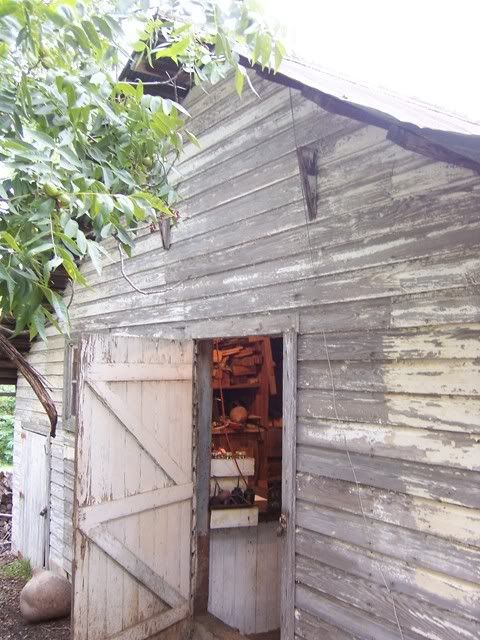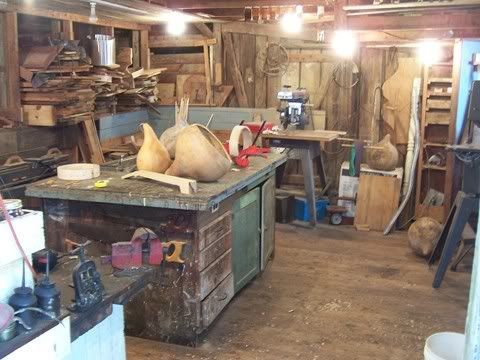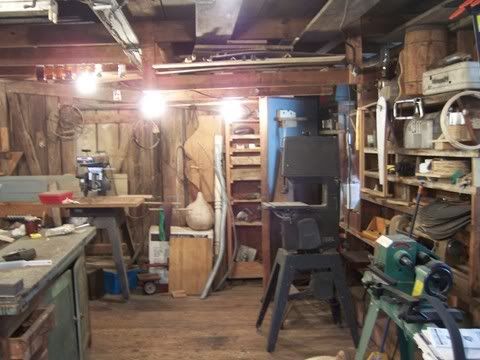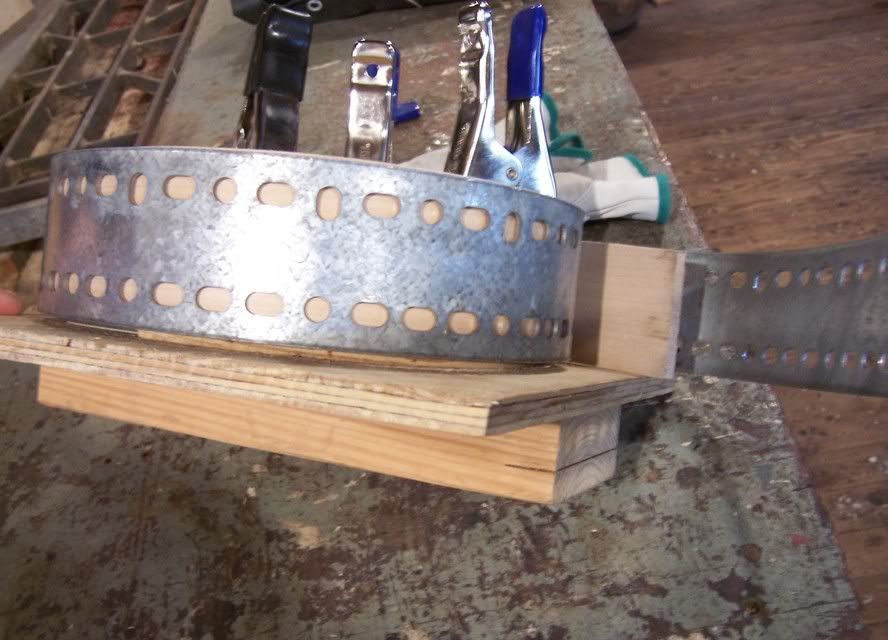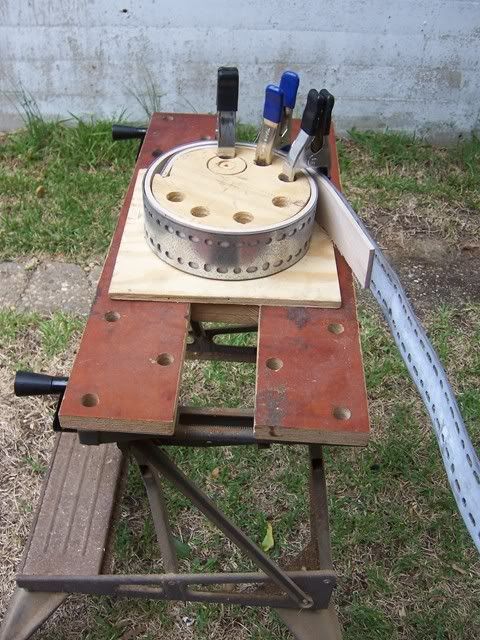
As far as working on the banjo, I've spent the majority of the week steam-bending the wood for the pot.
There are several methods for making the pot. I choose to steam bend the wood to create the pot because it is the traditional way of building the instrument. It's the "if it ain't broke" theory. Since I am interested in the pre-bluegrass style and sound of the banjo, the traditional approach to building the banjo makes sense. I build my banjo pots from 3 pieces of 1/4" maple. The pieces are soaked in water, made pliable using steam, then bent around a form.

To the left is an image of the soak box. Until recently I soaked wood in the creek beside my house, but that was during the cooler months. This summer I have decided to let the Water Moccasins have their privacy. In the south we have a saying, "let sleeping snakes lie." We are, of course, speaking literally.
The soak box is simple, just a piece of pvc pipe capped at the end and filled with water. I used to soak the wood overnight, but recently I've begun to soak the wood for a couple of days.

Once the wood has soaked it is ready to be steamed. On the left is a photo of the steam box. It consists of a propane tank, metal safety can, burner, hose and pvc pipe. The contraption works surprisingly well. I let the wood steam for about 30 to 40 minutes.

The final step is to remove the wood from the steam box and bend the now pliable wood around a form. I built this form from plywood. It is grooved to accept the end of the wood. It is also crucial to use a strap of some sort, or the wood will crack. Clamp the wood tight around the for and let it dry overnight.
I find that, for me, steam-bending is the most frustrating, but ultimately the most rewarding part of the building process. Steam-bending has, for the moment, somewhat unpredictable results, although that is changing with practice and experience. I have noticed that if I'm distracted, I will not be able to bend any piece wood to my satisfaction. I may be able to bend a usable piece of wood, maybe, but not a perfect piece. The learning curve is high, and the trial and error is costly in time, energy, and resources.
But...when I do bend that piece of wood perfectly, that's when I feel like I have accomplished something. When I push the wood around the form and feel it yield, when the wood is bent and perfectly clamped, well, it makes me feel like anything in the whole world is possible. And it is, you know?
